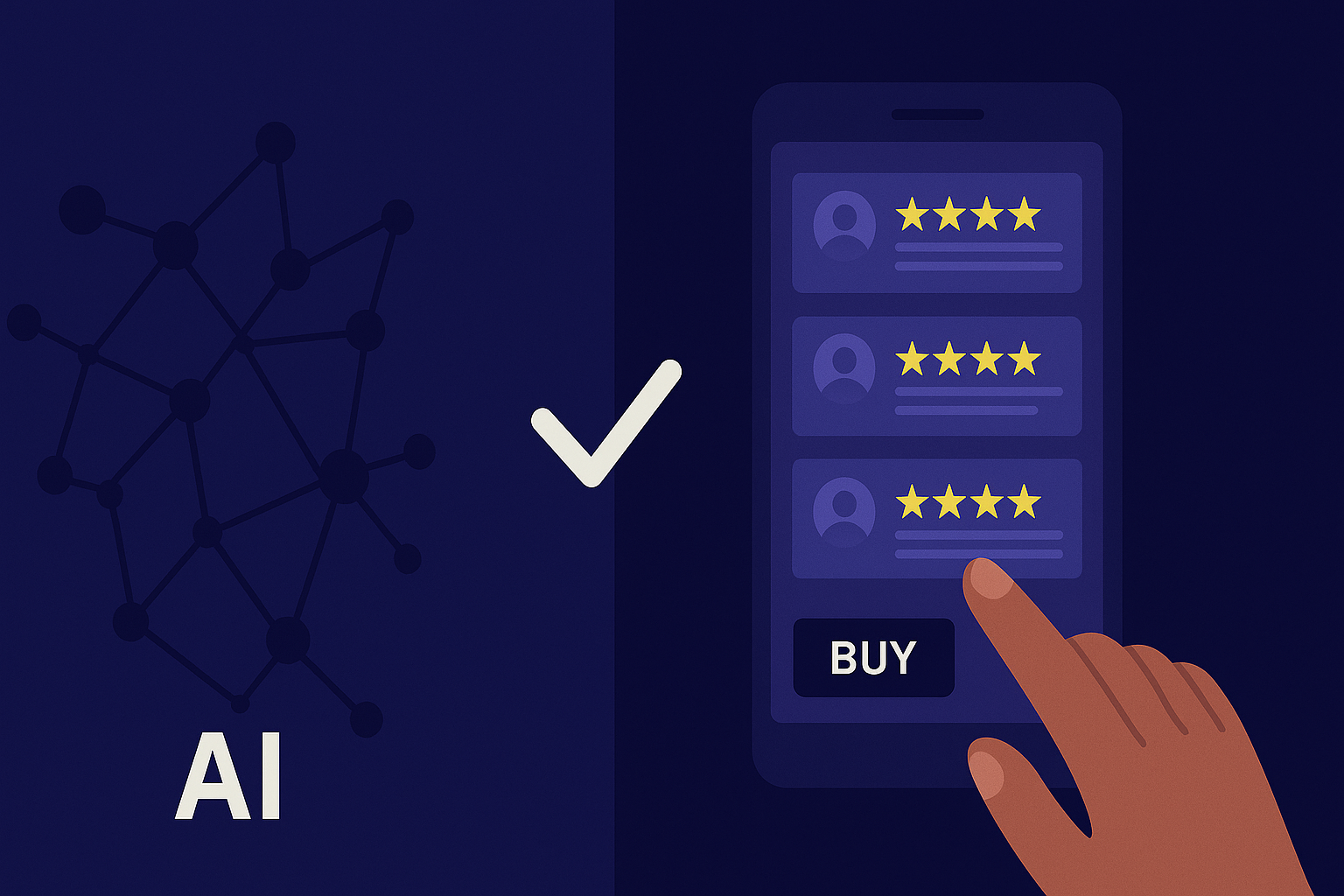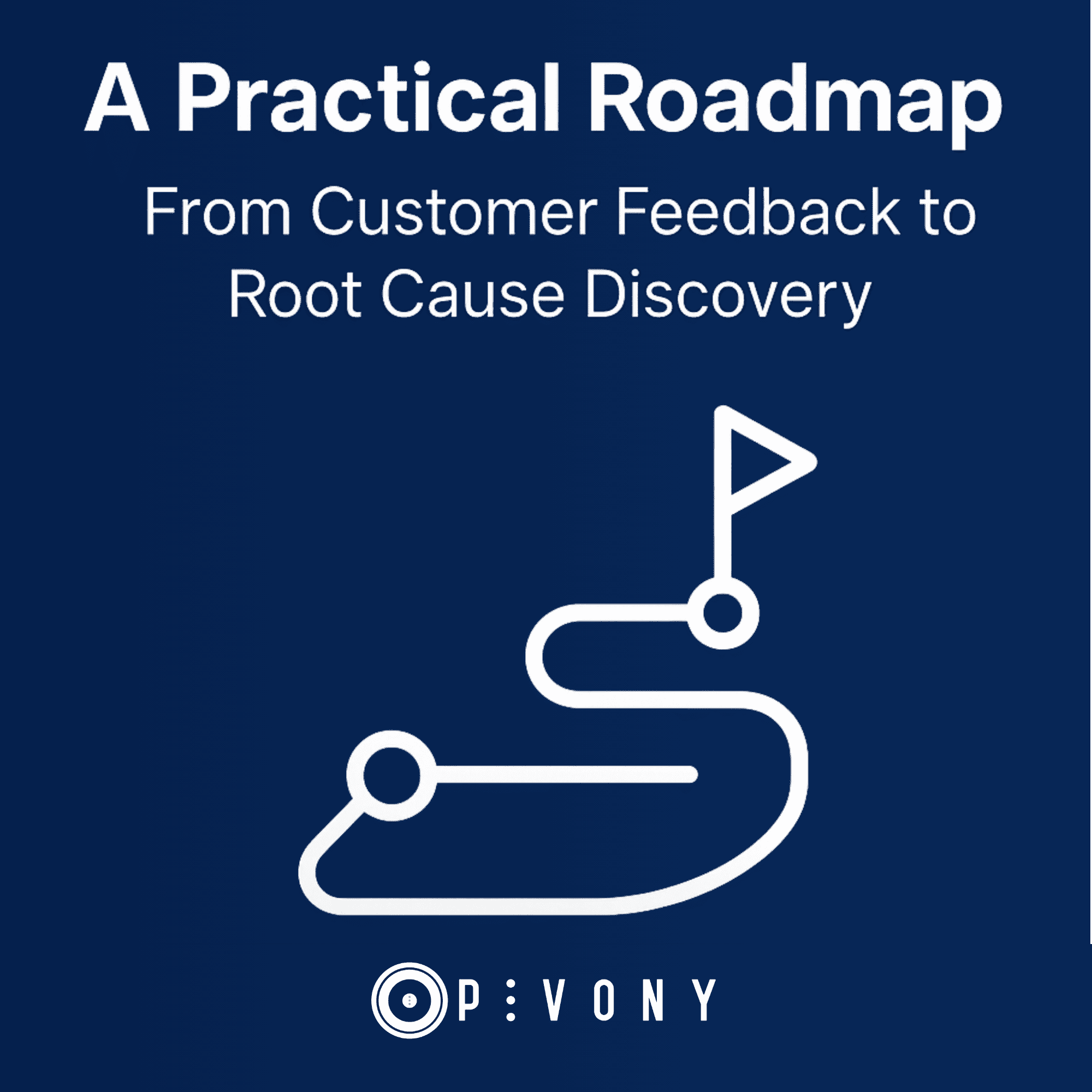Top Fast Fashion Consumer Insights of 2022 Found by Pivony's AI-Powered Platform
Note: This article is based on the Fast Fashion Report, which analyzes more than 20 thousand tweets and more than 55 thousand application comments from people about known fast-fashion brands. You can easily see the hot topics and trends in any area with only one click thanks to Pivony.

Is fast fashion becoming more size-inclusive?
It is not about what size you wear but how you wear your size.
We've heard the concept of 'fast fashion' for years but 'size inclusivity' may not sound that familiar to everyone. Size inclusivity can be briefly defined as representing a wide variety of body shapes and sizes equally.
It is possible to say that we use fashion as a means of understanding and expressing our individual sense of style. So, can everyone express themselves with fashion, or are the options offered to some of us more limited than others?
According to Future Market Insights (2022), the plus-size clothing market is estimated to be worth US$601.70 billion in 2022. Despite having such a place in the market, plus size is still seen as a niche category. The results of our research shows that there is dissatisfaction among consumers of plus-size clothing, which makes a tremendous impact on social media.
.png)
Consumers, who make their voices heard through social media, play a major role in fashion companies taking increasingly size-inclusive steps.
While most brands generally view this as a positive shift and have made some first strides in the right direction, there is still a long way to go before it can be implemented transparently by not thinking of it as a marketing strategy.
The new era in fast fashion could be possible not only by knowing the fashion industry and trending topics in fast fashion, but also by trying to understand what the motives behind the buying behavior of customers are.
In store shopping experience for plus size clothing
For many years we have witnessed a fashion industry that assumed that everyone had the perfect body. This toxic positivity of the fashion industry has slowly started to collapse as people start raising their voices on social media. However, it seems that this collapse will not be as easy as it seems.
As a result of this research, it is found that: Comments from people who were disappointed that plus-size clothing was not in popular stores, or that the clothing was generally rather unpretentious, in larger sizes.
We have seen popular fashion brands focus on inclusive designs, but that means plus-size shoppers are asking the long-standing question of whether to buy clothes online only. For those who cannot personally taste the in-store shopping experience, this feeling can be incredibly marginalizing.
As a result of our research, we may see people on Twitter who are disappointed that plus-size clothing is not available in popular stores, or that plus-size clothing is often rather unpretentious.
.png)
Are social media influencers trustworthy?
With the effect of the pandemic, our shopping habits have changed and gradually evolved into online shopping. This online shopping, which is a new world for some of you, was already known to plus size people. The most preferred fast fashion brands used only standard sizes in their physical stores and directed plus size shoppers to online shopping.
While influencers, one of the sine qua non of online shopping, create more trust among their followers, often even more than well-known celebrities, but the results of the research show that the trust in influencers has begun to be shaken.

There is an increasing belief that influencers make brand and product suggestions without considering sustainability and ethical values. This leads to a loss of trust among social media users. Plus size consumers, who have no choice but to shop online, usually make decisions based on the advice they give each other, not influencers.
The struggles with finding plus-size & eco-conscious clothes
According to our findings, although there is an increasing demand for eco-conscious clothing, designs, and fabrics, these demands are often met with clothes that have limited size ranges.
We envision that future impacts of fast fashion should be more sustainable, eco-conscious, and out-of-standard sizing. So, fast fashion brands should completely avoid profit to maintain a skewed and outdated image standard.
How fast fashion products affected the thrift store experience
Merriam-Webster dictionary describes a thrift shop as the “shop that sells secondhand articles and especially clothes and is often run for charitable purposes”.
Before the Industrial Revolution and the invention of the sewing machine, fashion was slow. People made their own clothes and took care to mend them when necessary. Clothing was often tailored to the individual and designed to last a lifetime. These pieces were repaired, reused, resized. Thrift Stores were also known as places filled with rare gems where fashion enthusiasts.
But as new trends emerge and new clothes begin to pile up, old clothes become out-of-fashion , and people end up selling unused clothes to thrift stores. When this cycle was repeated frequently, clothes from old seasons started to show up in thrift stores. This causes thrift stores to lose their identity.
When we researched this topic, we found that everything people find in thrift stores these days is used and they complain about poor quality clothing from a few seasons ago. Fast fashion seems to be damaging the thrift store experience, as evidenced by the tweets of many users.
Click to read Pivony's Public Conversations About Fast-Fashion Brands Report for free.
.png)
.png)



